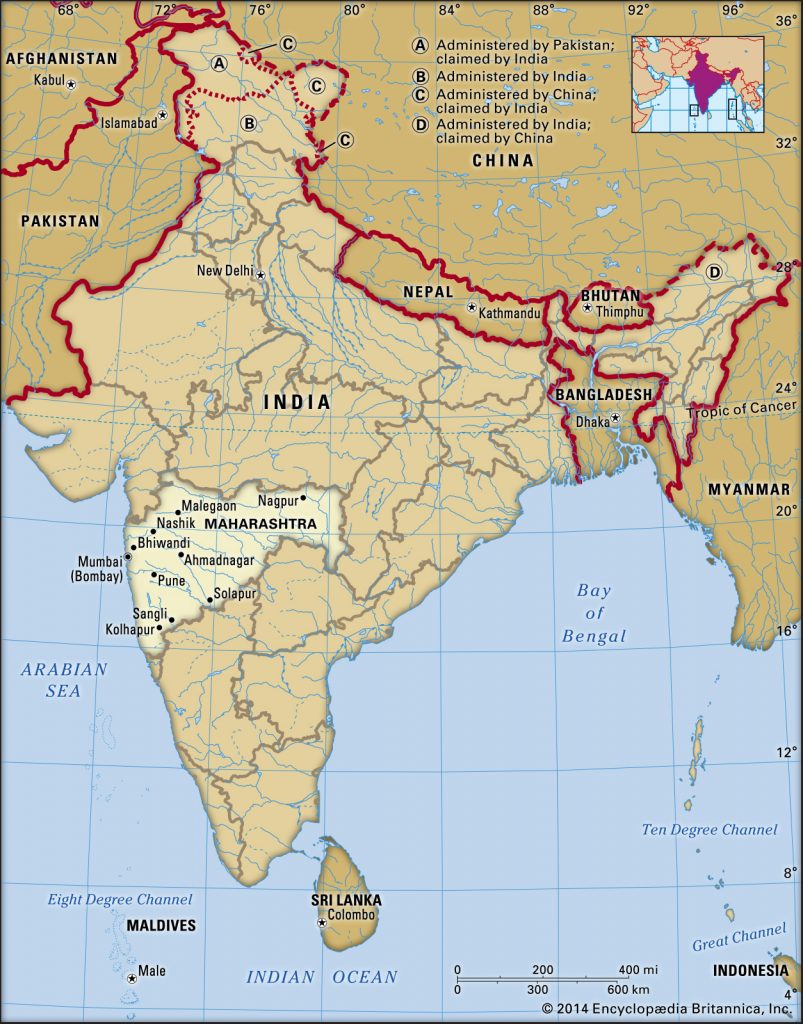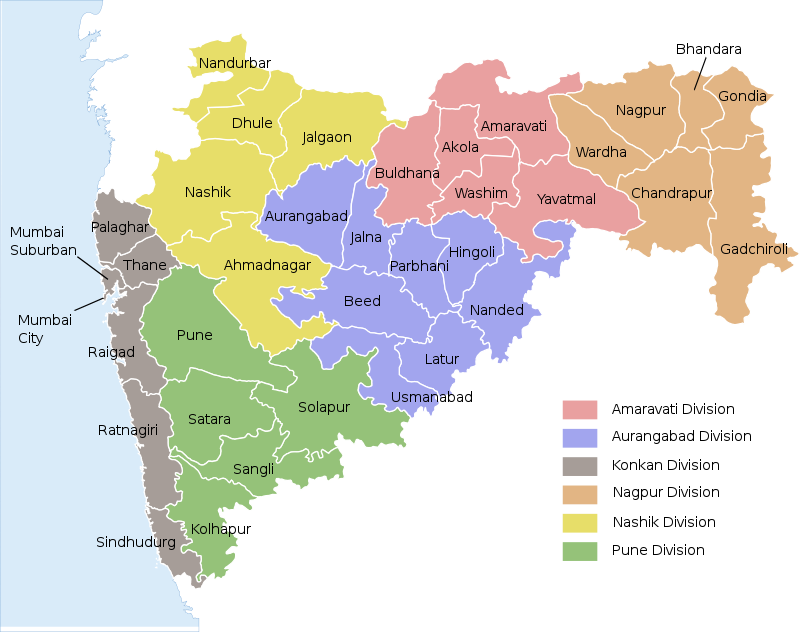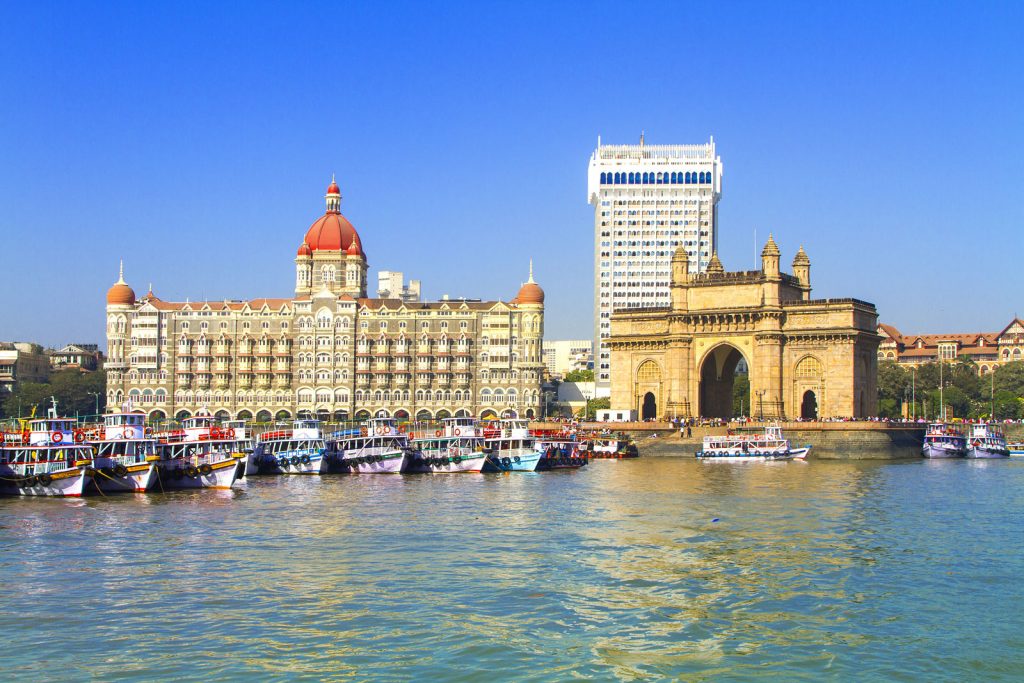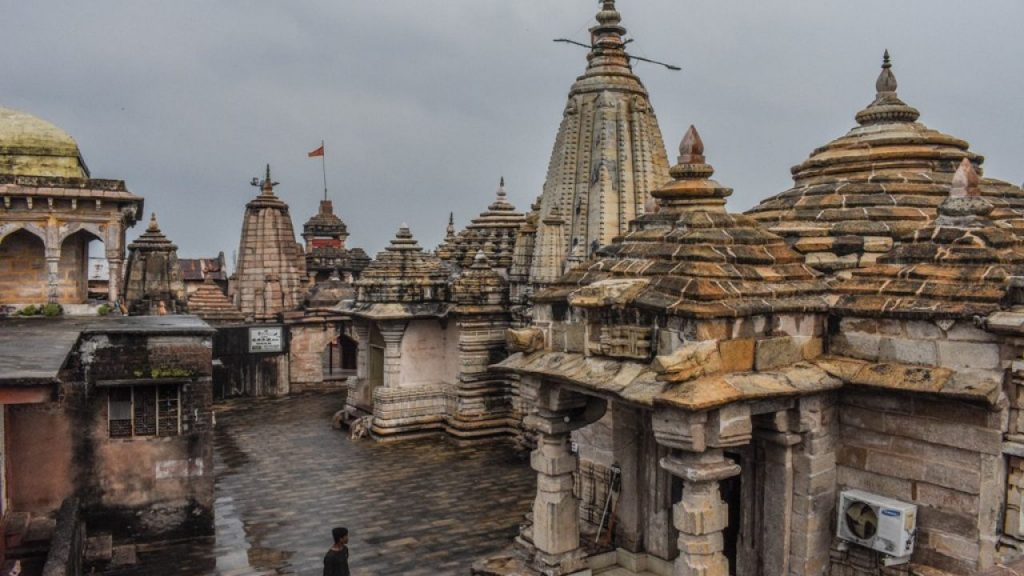Climate
The climate is subtropical to tropical (depending on elevation)
and characteristically monsoonal (i.e., wet-dry), with local
variations. India’s southwest monsoonal rains break on the Mumbai
coast usually within the first week of June and last until September,
during which period they account for about four-fifths of the
annual rainfall. Four seasons are normal: March–May (hot and
dry), June–September (hot and wet), October–November (warm and
dry), and December–February (cool and dry).
The Western Ghats and therefore the ranges on the northern borders greatly
influence the climate and separate the wet Konkan Coast from the
dry interior upland, a neighborhood called the Desh. Rainfall is
extremely heavy in Konkan, averaging about 100 inches (2,540 mm),
with a number of the wettest spots receiving up to 250 inches (6,350
mm), but rapidly diminishes to one-fifth of that quantity east of
the Ghats. Rainfall increases again within the eastern areas,
reaching about 40 to 80 inches (1,000 to 2,000 mm) within the extreme
east.
The coastal regions enjoy equable temperatures; monthly averages
at Mumbai are within the low 80s F (about 27–28 °C). A change of more
than about 13 °F (7 °C) between day and night temperatures is
unusual. Pune (Poona), above on the plateau, benefits from
cooler temperatures throughout the year. within the interior, average
summer temperatures reach the low 100s F (about 38–41 °C),
and winter temperatures average within the low 70s F (about 21–23
°C).
Plant and animal life
Forests cover but one-fifth of the state and are confined
to the Western Ghats, mainly their transverse ranges, the Satpura
Range in the north, and therefore the Chandrapur region within the east. On the
coast and adjoining slopes, plant forms are rich with lofty
trees, variegated shrubs, and mango and coconut trees. The
forests yield teak, bamboo, myrobalan (for dyeing), and other
woods.
Bamboo, chestnut, and magnolia are common. within the semiarid tracts,
wild dates are found. Mangrove vegetation occurs in marshes and
estuaries along the coast.
Wild animals include tigers, leopards, bison, and a number of other species of
antelope. The Hyaena hyaena , wild hog, and Melursus ursinus are common.
The peacock is indigenous The
state’s abundant marine life within the waters off the western coast
remains largely unexploited.
People Marathas and Kunbis (descendants of settlers
who arrived from the north about the start of the first century CE)
make up the bulk of the rest of the people of Maharashtra.
The state also features a significant population of these who were once
called “untouchables” but are now officially classed as Scheduled
Castes, most of whom sleep in rural areas.
Marathi, the official state language, is spoken by quite four-
fifths of the population. Other languages spoken within the state are
Gujarati, Hindi, Telugu, Kannada, Sindhi, Urdu, Bengali, Malayalam,
and English. There also are many local languages, including Konkani on
the West Coast and Gondi, Varhadi, and Mundari within the eastern and
northern forests.
Maharashtra’s religious diversity reflects that of India as an entire .
Hindus predominate, followed by Muslims and Buddhists. There are many
Christians within the metropolitan areas. Jewish and Parsi (a religious
minority adhering to Zoroastrianism) groups have settled mostly in
urban areas; Parsis live mainly in Mumbai and its environs. Other
religious minorities include Jainas and Sikhs, whose small communities
are widespread.





